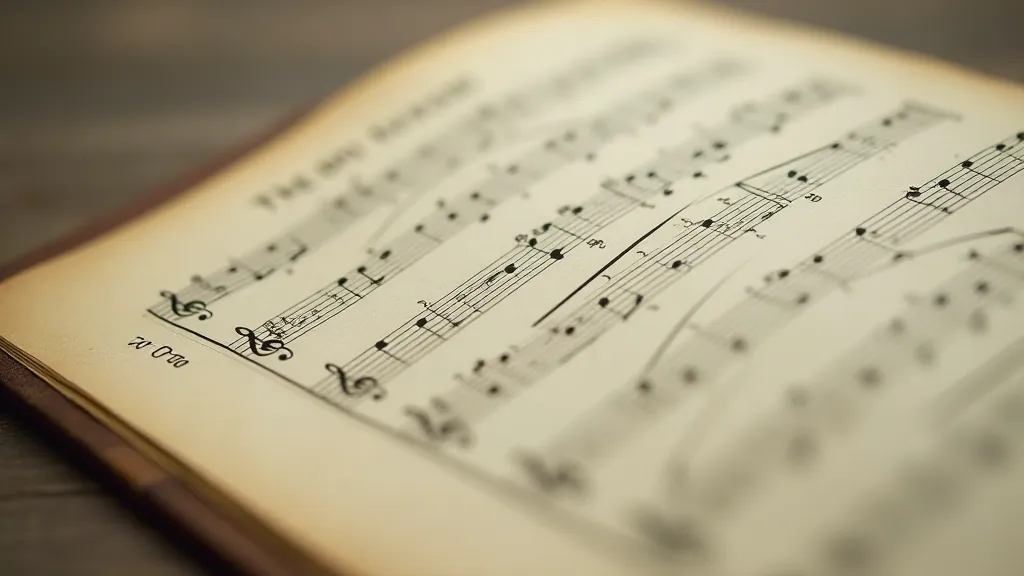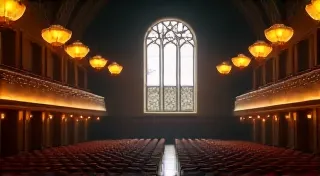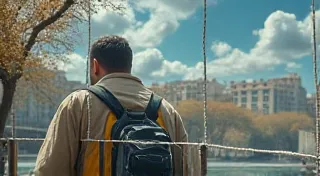The Cartography of Sound: Mapping Emotional Journeys Through Film Music
Film music. It’s so often relegated to the background, a shimmering veneer upon a visual spectacle. Yet, to dismiss it as mere accompaniment is to overlook a crucial element – a subtle, powerful cartographer charting the emotional landscapes of characters and narratives. Just as a traditional map guides us through physical terrains, a film score acts as a sonic guide, unveiling the hidden pathways of human experience. It’s about more than just notes; it’s about resonance, about invoking feeling, and about constructing an atmosphere so potent it lingers long after the credits roll.
I remember my grandfather, a man of few words and quiet dignity. He possessed a single, well-worn accordion, its bellows cracked and its keys yellowed with age. He rarely played it, but when he did, the sounds that emerged – melancholy waltzes, yearning polkas – seemed to unlock a hidden chamber within his heart. That accordion, and the music it produced, felt like a forgotten map of his life: a chronicle of joys, sorrows, and enduring love. It brought the past alive, not through explanation, but through feeling. That's what great film music strives to do.
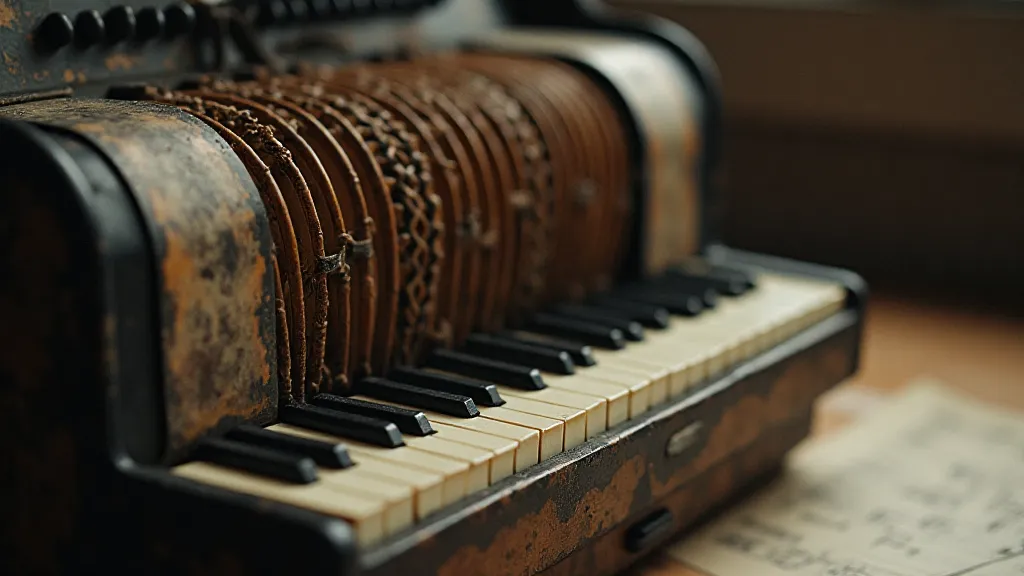
The Forgotten Landscapes
We often celebrate the grand scores – Bernard Herrmann’s unsettling brilliance for Psycho, Ennio Morricone's iconic sounds of the American West – but what about the forgotten landscapes? The soundtracks of lesser-known films, the ones that slipped through the cracks of cinematic history, often contain musical gems just as valuable. These scores aren't necessarily groundbreaking in their composition; their power lies in their authenticity, their ability to capture a specific moment in time, a fleeting emotion that might otherwise be lost.
Consider the soundtrack to The Swimmers (1978), a Dutch film about two men who decide to swim across the North Sea. The score, composed by Jurre Houtveen, is sparse and minimalist, relying heavily on acoustic guitar and subtle orchestral textures. It's not a heroic score; it's a score of quiet determination, of facing overwhelming odds. The music perfectly mirrors the protagonists’ grueling journey, amplifying their vulnerability and resilience. It's a testament to how less can be more, how the absence of constant musical fanfare can heighten the emotional impact of the visuals.
Then there's the score for The Sailor Who Fell from Grace with the Sea (1976), composed by Marvin Hamlisch. Often overshadowed by the film’s controversial narrative, the score itself is a study in understated beauty. Hamlisch's use of strings and woodwinds creates a sense of romantic melancholy, a poignant counterpoint to the tragic events unfolding on screen. The music acts as a lament, a sonic representation of the film's underlying themes of loss and regret.
Craftsmanship and Echoes of the Past
What often gets lost in the discussion of film scores is the incredible craftsmanship involved. The best scores aren’t just collections of catchy melodies; they are carefully constructed soundscapes, meticulously crafted to enhance the narrative and deepen the emotional resonance of the film. Composers work closely with directors, editors, and sound designers, to create a unified artistic vision.
Think about the use of period instruments. A score for a film set in the 1920s might incorporate vintage brass instruments, lending an authenticity that synthesizers simply can't replicate. A film about a traveling circus might feature the sound of a calliope, instantly transporting the audience to a bygone era. These sonic details aren’t just window dressing; they’re integral to the film's storytelling.
The restoration of antique musical instruments, much like the rediscovery of forgotten film scores, is a labor of love. It’s about preserving a piece of history, about bringing a voice back to life. A neglected accordion, once silent, can be brought back to its former glory through careful cleaning, repair, and tuning. Similarly, a long-lost film score, often existing only in fragile prints or incomplete recordings, can be painstakingly restored, allowing a new generation to experience its beauty.
The process isn't always straightforward. Finding original orchestrations can be difficult. Sometimes, composers themselves have passed away, leaving behind fragmented notes and incomplete sketches. But the dedication of archivists and enthusiasts ensures that these treasures aren’t lost forever. They meticulously piece together the fragments, consulting with musicologists and original performers, to reconstruct the composer's intended sound.
The Accordion's Echo in Film
The accordion itself holds a unique place in film music. Its distinct, slightly melancholic timbre evokes feelings of nostalgia, longing, and a touch of European melancholy. It’s a sound often associated with traveling performers, with the bittersweet beauty of a fading era.
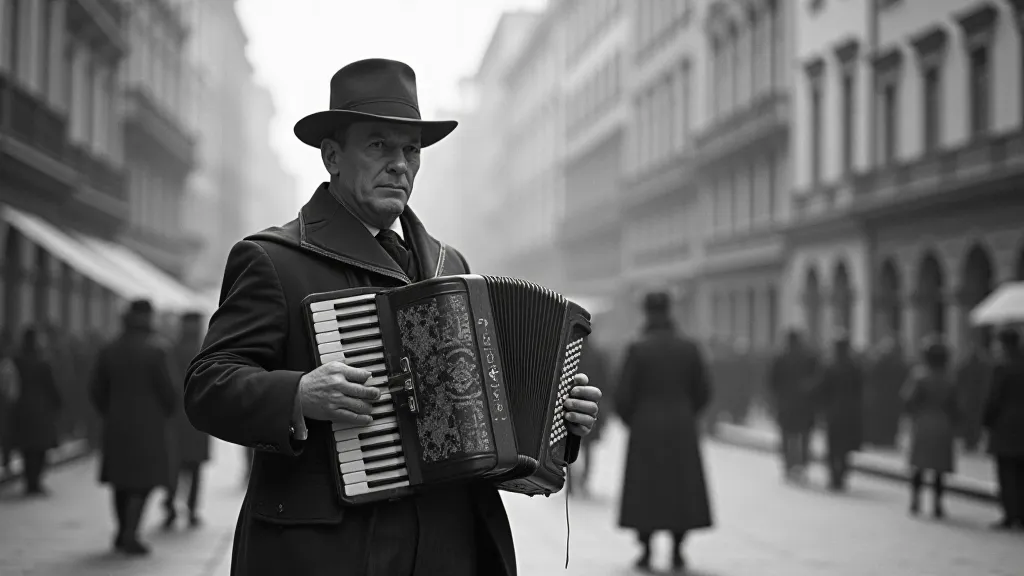
You hear it subtly in films like Amélie, adding a whimsical, romantic touch. It's present, albeit less prominently, in several Fellini films, contributing to the surreal and dreamlike atmosphere. Even in more contemporary films, the accordion can be used to evoke a sense of folk tradition or to underscore a character’s emotional vulnerability.
Beyond the music itself, the very act of playing an accordion – the physical exertion, the tactile connection between the performer and the instrument – lends itself to visual storytelling. It’s a performance unto itself, a silent dialogue between the musician and their audience.
Rediscovering the Map
Listening to forgotten film scores isn't just about appreciating the music; it's about rediscovering a lost map. It’s about tracing the emotional contours of films that might have been overlooked, about gaining a deeper understanding of the creative process, and about connecting with a forgotten era.
It's a reminder that great film music isn't always the loudest or the most flamboyant. Sometimes, the most powerful scores are the ones that whisper, that nudge the heart, that leave a lasting impression long after the final note fades away. Just as a treasured accordion can unlock a lifetime of memories, a forgotten film score can transport us to another time, another place, and reveal a hidden truth about ourselves.
